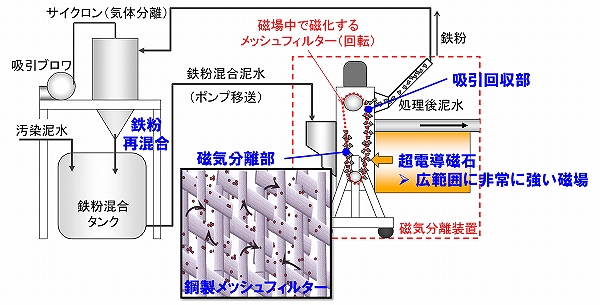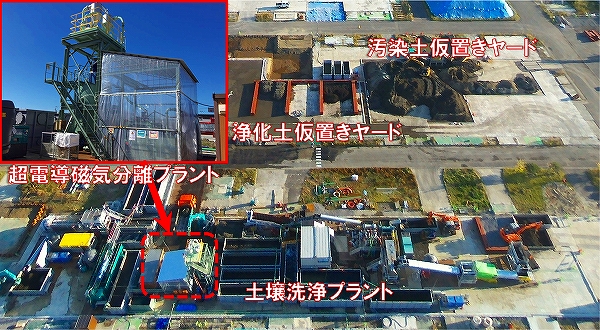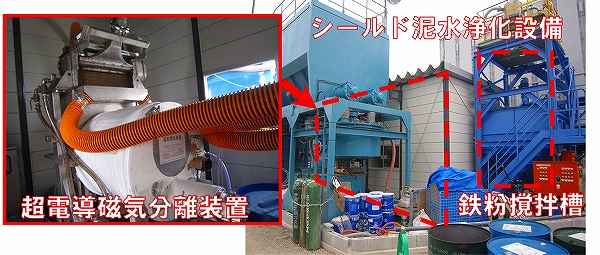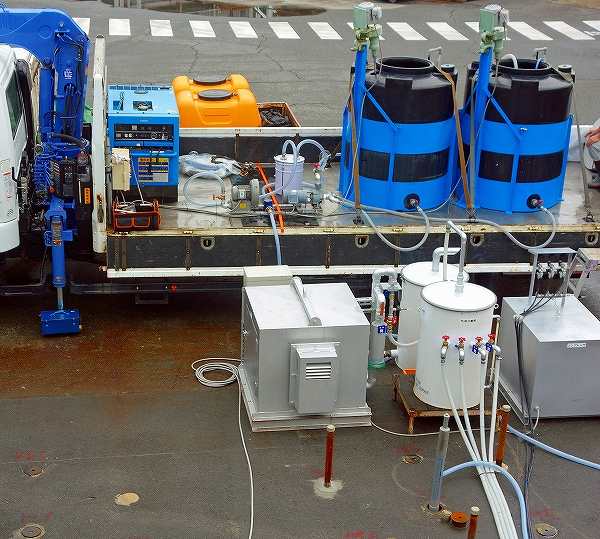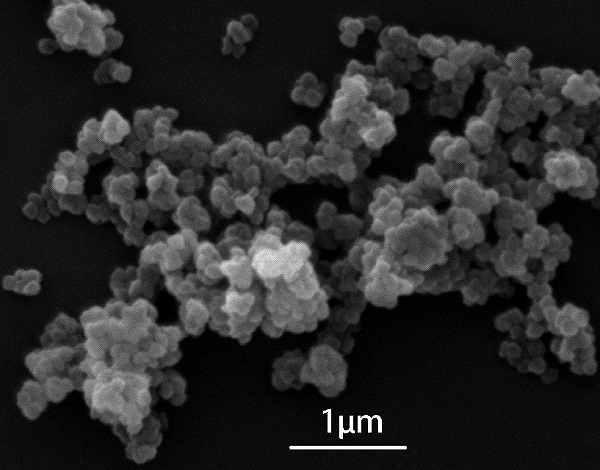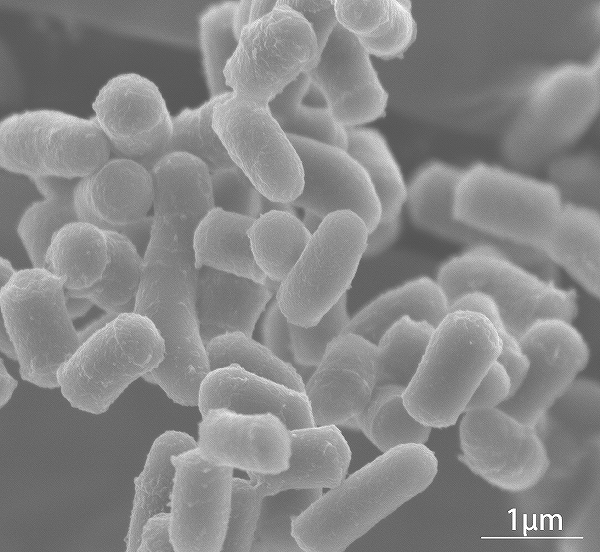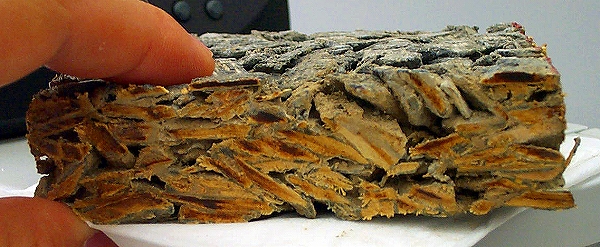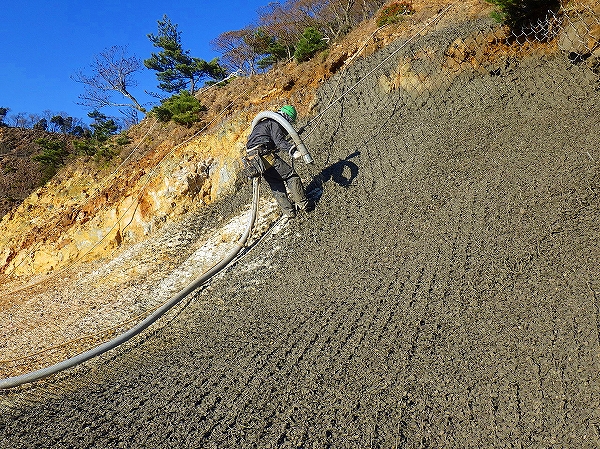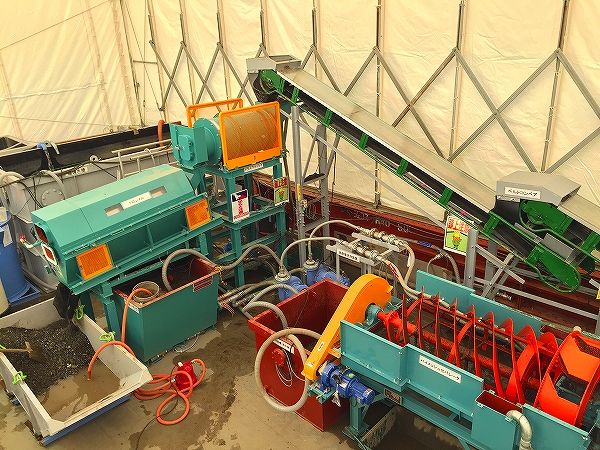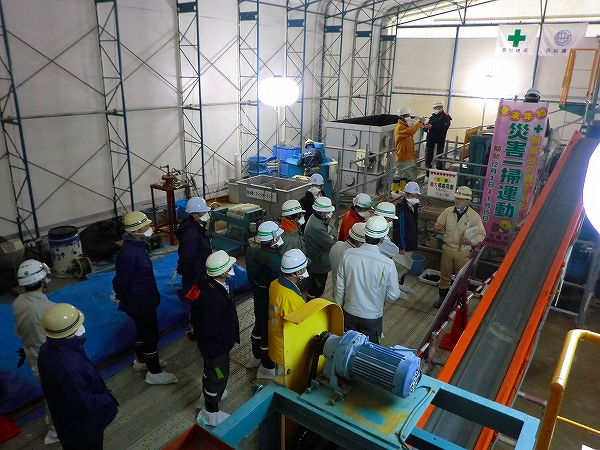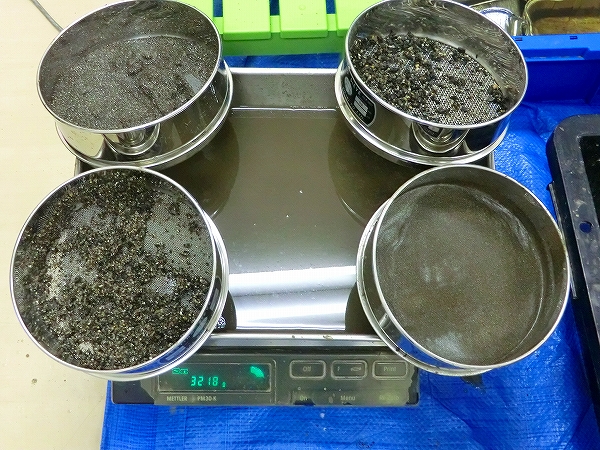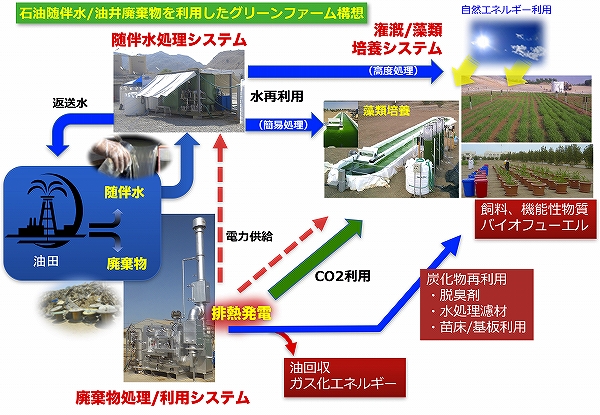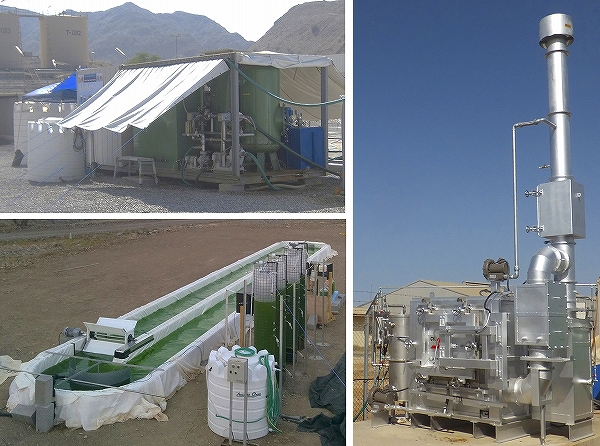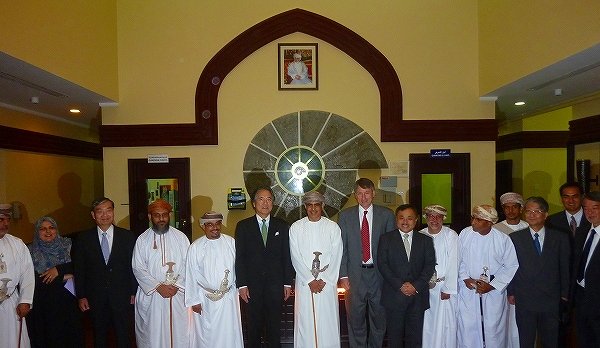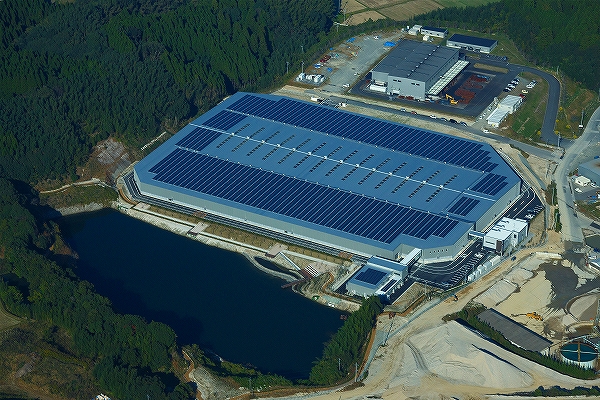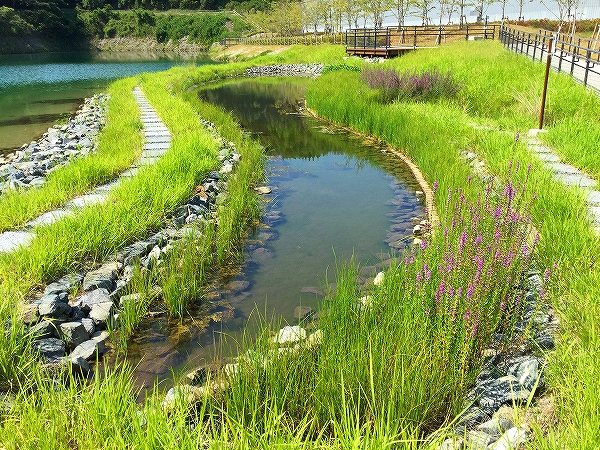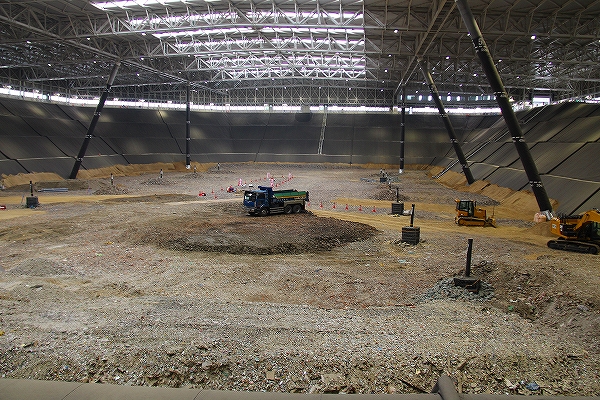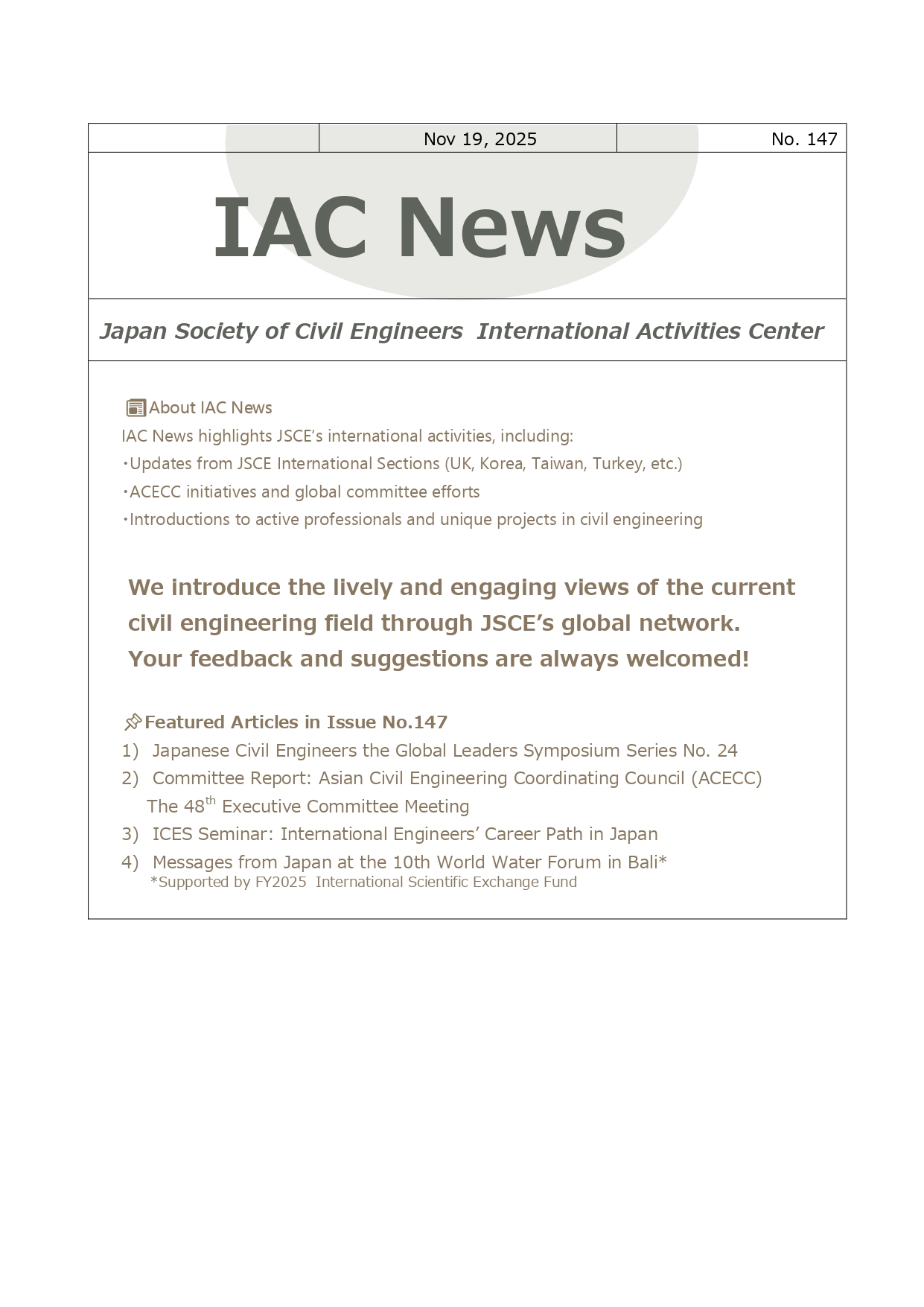2016 Environmental Awards
[Group-1]
1. Development and Application of Remediation Technique of Heavy-Metals-Contaminated Soil Using Superconducting Magnetic Separation and Iron Powder
- Kajima Corp.
This is a newly developed on-site soil remediation technique that enables reuse of contaminated soil of all particles. In this technique, iron powder that can adsorb heavy metal of contaminated soil in water, is repeatedly used by using a new superconducting magnet separation system. The conventional separation method such as centrifuge separation or permanent magnet has problems of its effect and efficiency. This new method achieves superior remediation effect and treating efficiency by using strong force of superconducting magnet. In this method, it is possible to use iron powder of small particle sizes that shows superior adsorption effect. The unique mesh filter system brings also a high recovery rate of iron powder. Its remediation performance has already been confirmed at actual sites such as soil remediation construction and a slurry shield tunnel method construction.
2. Development of the faster groundwater remediation techniques and their safety evaluation methods for bioremediation of VOCs-contaminated groundwater.
- Taisei Corp.
- Masao Fukuda (Chubu University)
- Takayuki Ezaki (Gifu University)
- Hideaki Nojiri (The University of Tokyo)
- National Institutes of Advanced Industrial and Technology
- National Institutes of Technology and Evaluation
The research group in collaboration with Academia, Industry and Government has applied the newly developed material (microbial activator including brewery yeast) and newly discovered bacteria (Rhodococcus jostii RHA1 and Dehalococcides sp. UCH007) to clean up a VOCs-contaminated groundwater. The results of some field tests confirmed their effectiveness by detailed groundwater monitoring and their safety using new gene analysis methods. These new bioremediation techniques conforming to the national guidelines are safety and showed that the remedial period can be greatly shortened compared with the conventional methods.
3. Study on re-vegetation technology of slopes with cement and wood chips, “Chipcrete”.
- Obayashi Corp.
It is a technology to use cement-blended recycling chips made of abandoned trees for greening slopes of highly acidic soil, concrete, or bedrock with no crack, where plants don't grow easily.
[Group-2]
1. Project of the risk management and communication of radio-cesium contaminated soils from road maintenance in Fukushima.
- Fukushima Prefectural Government
- OYO Corp.
- Nishimatsu Construction Co., Ltd.
- SATO KOGYO Co., Ltd.
- National Institute of Advanced Industrial Science and Technology
- Waseda University
This project tried to develop the risk management framework against the radio-cesium contaminated soil generated from routine road maintenance in Fukushima prefecture after Fukushima Daiichi nuclear power plant accident.
The first important point of this project was applying soil washing method to reduce the volume of radio-cesium contaminated soil. Using this method, radio-cesium contaminated soil were separated to clean soil and concentrated waste.
The second important point of this project was risk communication and public agreement of applying soil washing technology with residents and local authority who lived in near temporally storage sites.
2. Sustainable Development Project Utilizing Combined Environmental Technologies for Oilfields in the Sultanate of Oman
- Shimizu Corp.
- euglena Co., Ltd.
Produced water, oil sludge, and limited water resources are three environmental issues common to oil-producing countries in the Middle East, such as Oman. In this study, a combination of systems for produced water treatment, oil sludge treatment, and algae cultivation utilizing treated produced water and exhaust from oily waste treatment, was developed and successfully demonstrated in the Sultanate.
Such a full-scale algae cultivation project would embody the “green farm” and “local production for local consumption” concepts, while also tackling the issues of oilfield waste and limited water resources. High feasibility was confirmed through cost estimations for an actual oil field site.
3. Design, build, and operate “Ecore Kumamoto” - a landfill site in northern Kumamoto Prefecture which contributes to and harmonizes with the surrounding area, and serves as an example of environmental best practices.
- Kumamoto Environmental Protection Foundation
- KAJIMA Corp.
To design, build, and operate a landfill site which harmonizes with the natural environment of the surrounding area and residents. To prevent groundwater pollution from landfill site water leaks, we adopted columns for the landfill site roof which do not penetrate the basement liner sheet, installed instruments for detecting water leaks, and built monitoring wells. Furthermore, we have restored the community-based forest environment with green spaces and a reservoir, promoted environmental education and cooperated with the placement of solar power generation equipment on the roof of the facility.
We have established credibility with local residents by sharing this information through the local committees. Also, we have assisted in community restoration by accepting disaster waste two weeks after the Kumamoto Earthquakes of April 2016.

